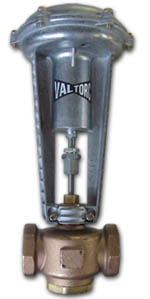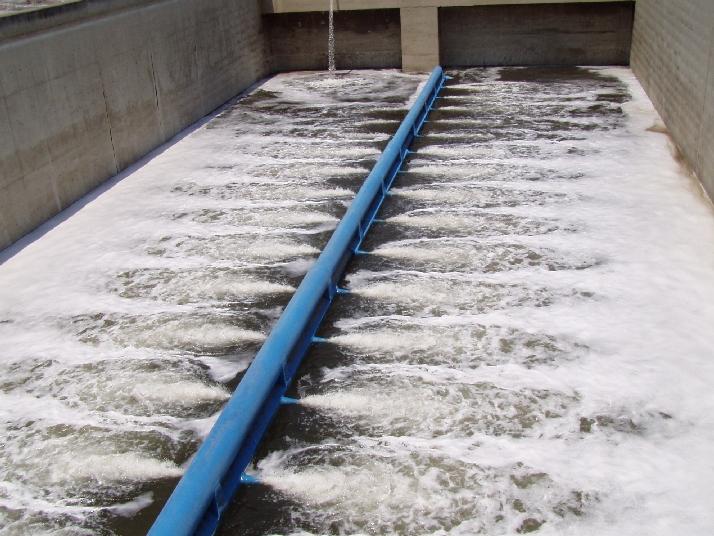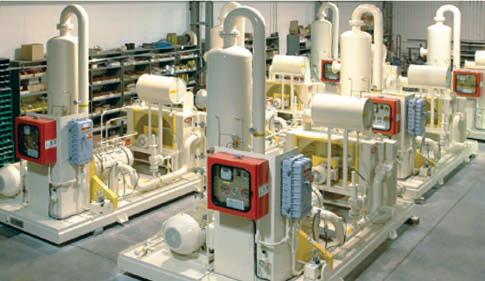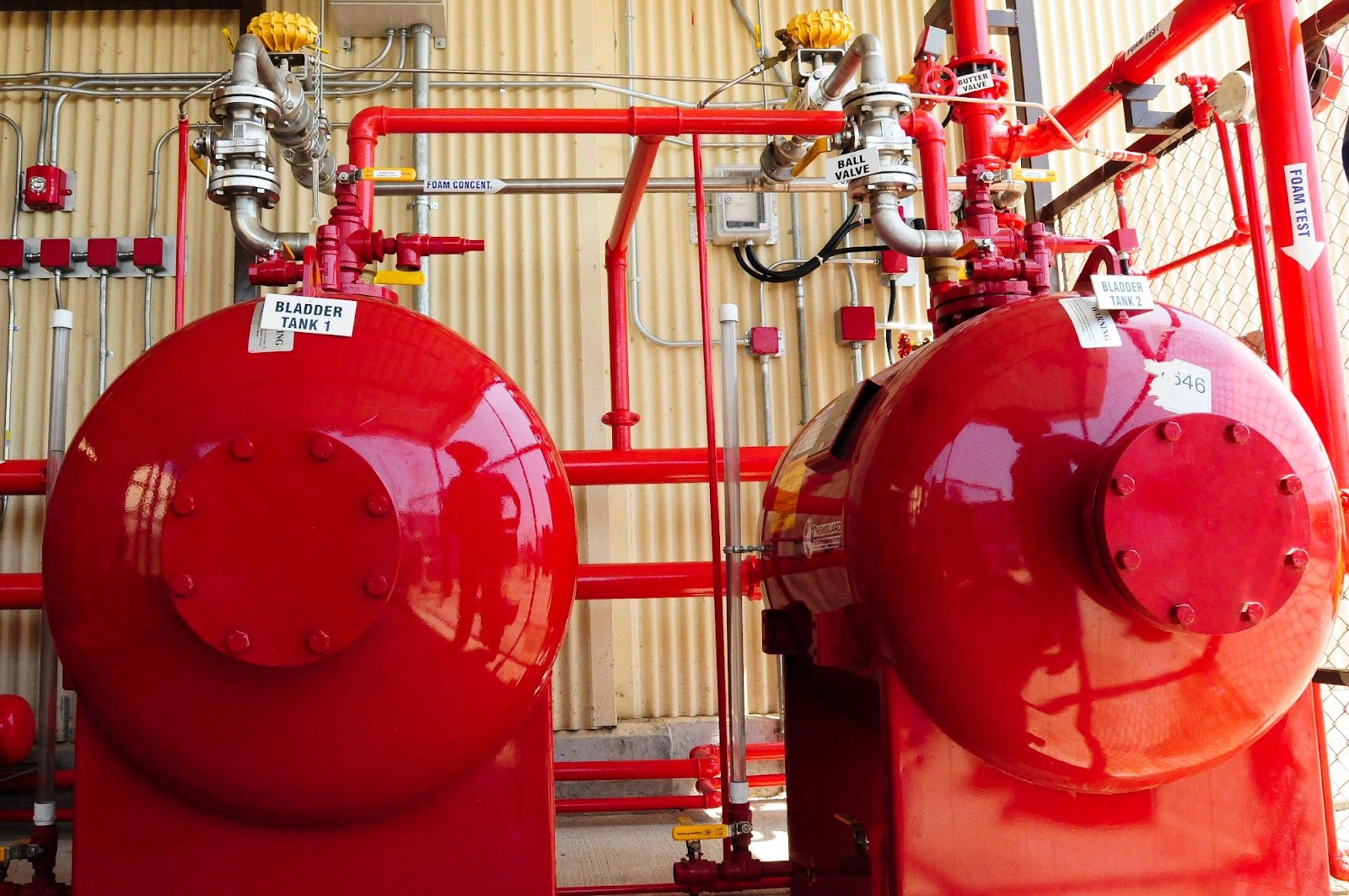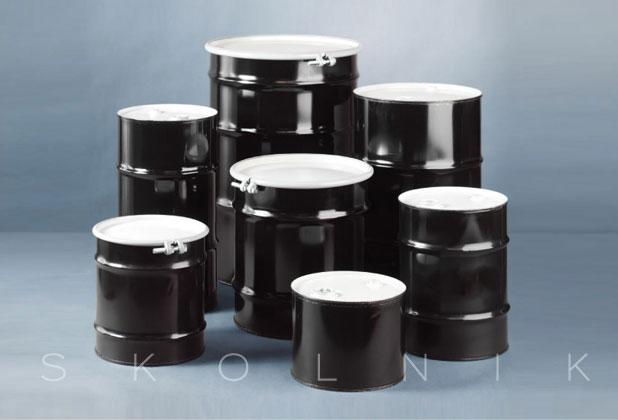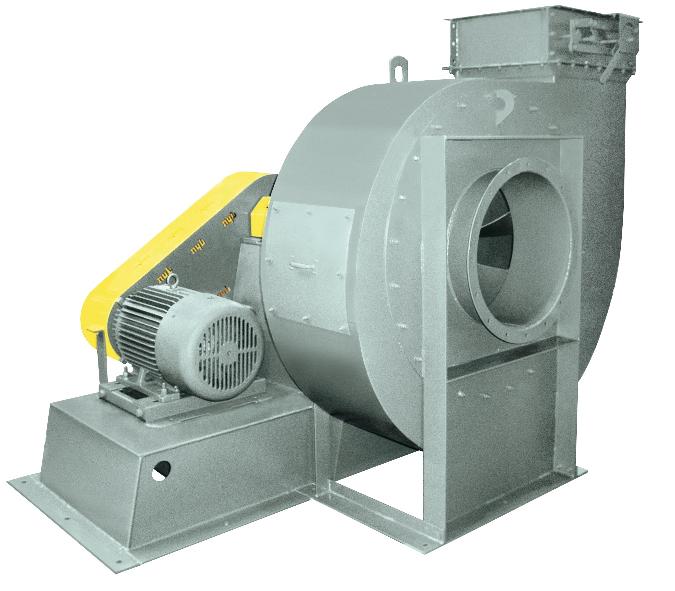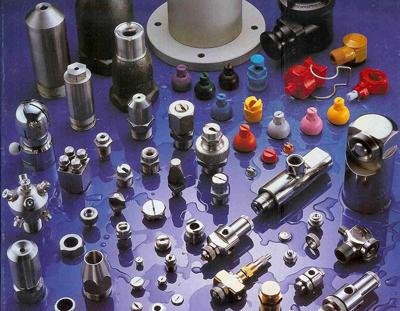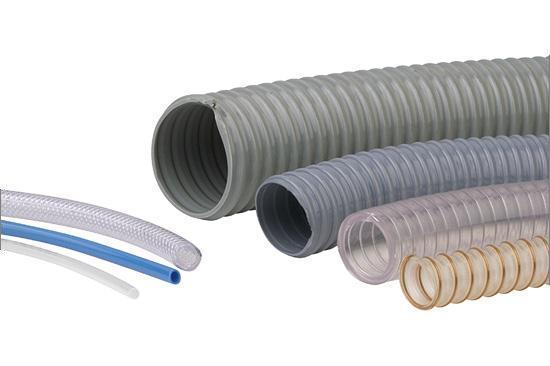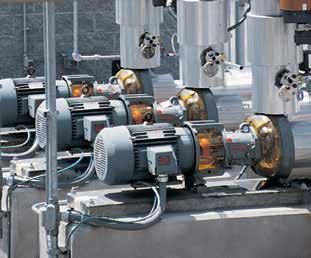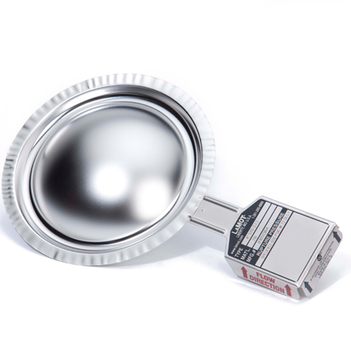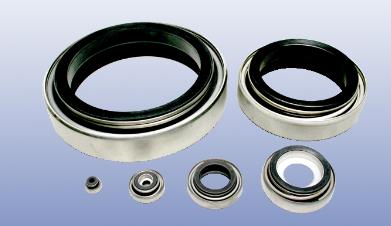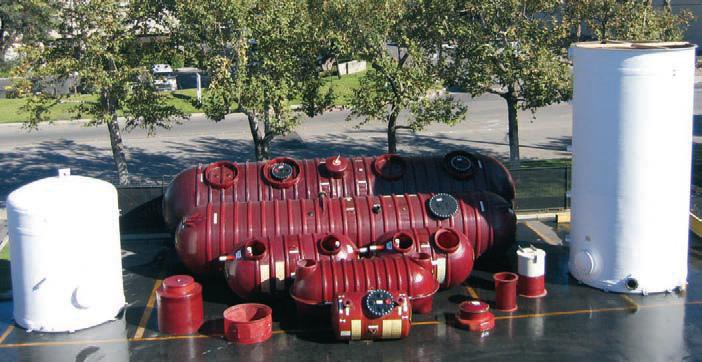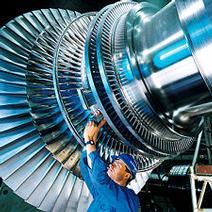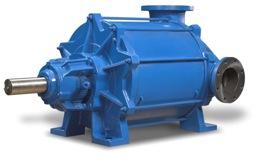Actuators
Actuators are used to open and close valves. Pneumatic actuators use pressurized air for control. Electric actuators use electrical power (e.g. an electrical motor).
Aerators & Diffusers
Aerators and diffusers are used to increase the gas content of a liquid, typically oxygen in water. Diffusers are a specific type of aerator in which air is diffused through a surface and into the liquid itself. The name does not refer to the process of diffusion through the liquid.
Chlorinators
Chlorinators supply chlorine as a high pressure liquefied gas to disinfect a water supply.
Compressors
Compressors are used to increase the pressure of a fluid. The main type of compressor is the rotary compressor, meaning a rotary device is used to compress the fluid. Reciprocating and centrifugal compressors are the most common.
Conveyors
Conveyors and elevators are used to transport solids. An industrial plant typically contains more than one type of conveyor or elevator.
Cyclones & Hydrocyclones
Cyclones are used mainly to separate solids from liquid or gas streams. The hydrocyclone shown below is used to clean coal.
Deluge Systems
Deluge systems provide protection against fires. They are composed of open sprinklers attached to a piping system that is connected to a water supply through a heat-responsive valve.
Drums
Drums, like tanks are used as storage vessels. There are two main types, storage drums, shown here, and process drums.
Fans
Fans are used to transport gases under low pressures (less than 0.5 psi). Fans can be separated into two major categories: centrifugal and axial flow. Air is discharged radially from centrifugal fans and axially from axial-flow fans.
Nozzles
Nozzles are used to break a fluid stream into smaller particles by atomization.
Ozonators
Ozone (O3), produced from elemental oxygen in an ozonator, is used for water treatment.
Pipes
Pipe systems are an essential part of almost all industrial processes. Fittings allow pipe systems to be configured in different shapes. Several types of joints are used to connect pipes and fittings. Pipes and similarly hose, tubing, and ducting exist in a variety of sizes and materials.
Pumps
Pumps are used to transfer energy to an incoming fluid. The pressure or velocity of the fluid increases, which helps the fluid overcome physical barriers such as pipe friction and height changes. Pumps exist in a variety of shapes and sizes, depending on their intended function. When the flowing fluid is a gas, the pump is typically referred to as a compressor.
Rupture Discs
Rupture discs are pressure relief devices that are designed to burst at a set pressure in order to release excess pressure in a given system.
Seals
The main functions of seals are to contain pressure, maintain vacuums, and control unwanted particles from collecting in machinery.
Tanks
Tanks serve many purposes in industry. This page describes three types of tanks, such as the storage tanks shown here.
Turbines
Today turbines are widely used because they create mechanical drive and generate power simultaneously. Turbines work by converting the kinetic and thermal energy of a moving fluid, usually gas, water, air or steam, into mechanical energy.
Vacuum Pumps
Depending upon the pressure range, vacuum pumps can be separated into two general categories: rough-medium vacuum, ranging from 760 to 10 -3 torr (1 to 1.3 x 10 -6 atm) and high-ultrahigh vacuum, ranging from 10 -3 to below 10 -7 torr (1.3 x 10 -6 to below 1.3 x 10 -10 atm).
Valves
Valves regulate the flow of fluids and isolate piping or equipment for maintenance without interrupting the other connected units. They are typically controlled with actuators; use of manual valves may create safety problems in emergency situations. The valves below are categorized according to the system used by Valve Manufacturers Association of America. They categorize valves into four main types: Linear motion valves, Rotary valves, Self-actuated valves, and Specialty valves

